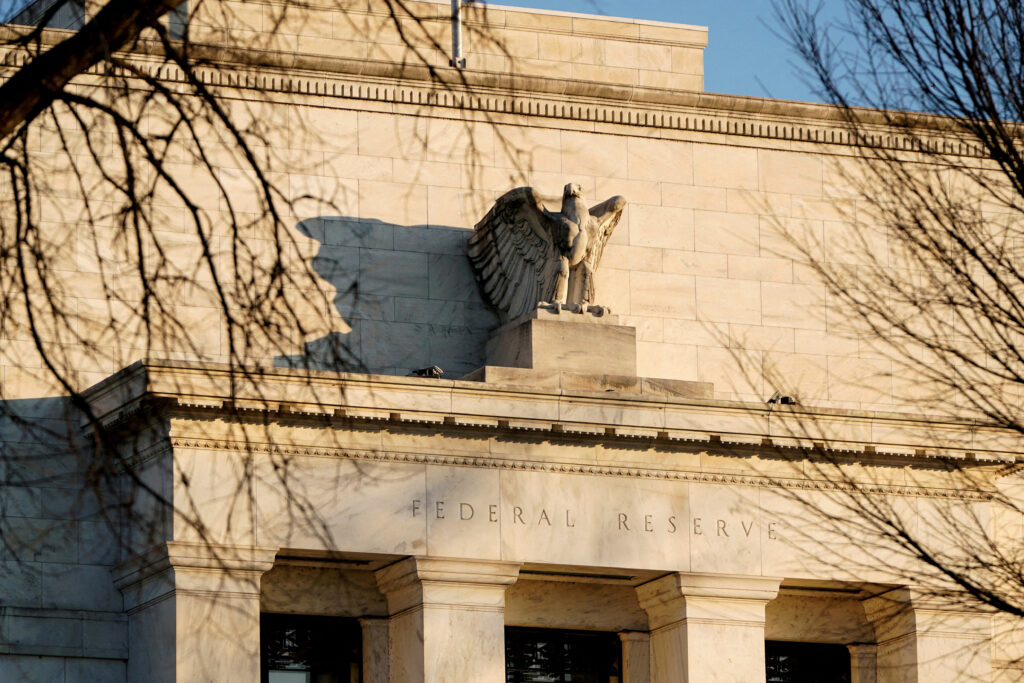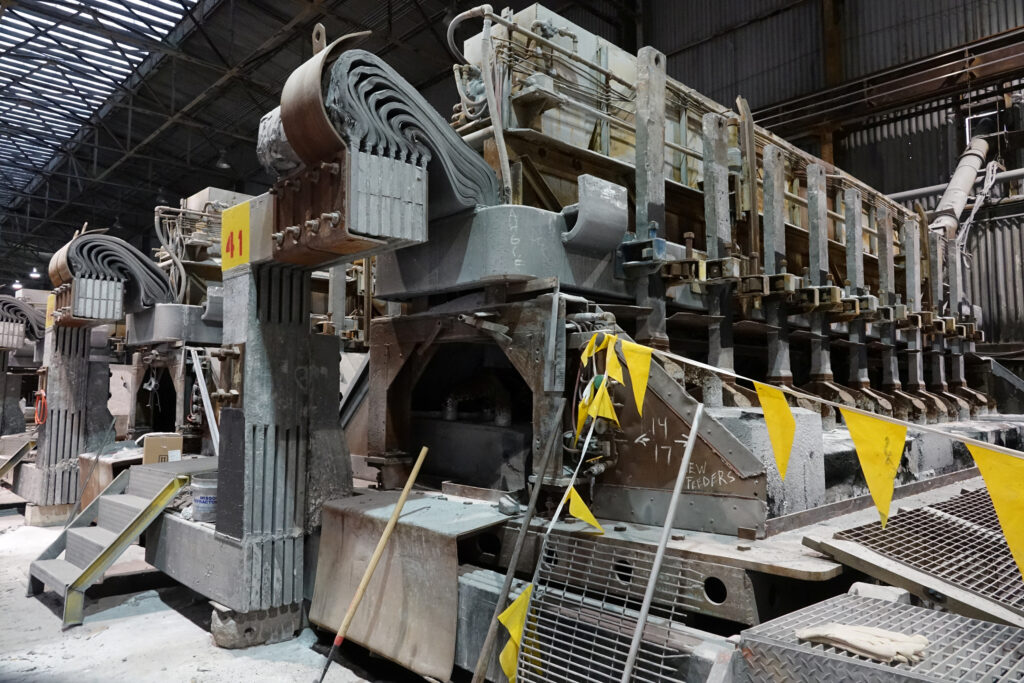WASHINGTON – U.S. single-family homebuilding dropped to a 16-month low in July, likely weighed down by Hurricane Beryl and an oversupply of new houses as higher mortgage rates and prices depress sales.
The fifth straight monthly decrease in homebuilding reported by the Commerce Department on Friday suggested the housing market remained subdued at the start of the third quarter. A slowing labor market also poses a challenge to the housing market recovery.
“The decline is likely due to a combination of an already strong supply of new homes for sale and the expectation from builders of relatively weak expected sales in the coming months,” said Daniel Vielhaber, an economist at Nationwide. “It is costly for builders to keep finished homes on the market, builders appear to be increasingly hesitant to put further resources into building up the supply of new homes.”
Single-family housing starts, which account for the bulk of homebuilding, tumbled 14.1% to a seasonally adjusted annual rate of 851,000 units last month, the lowest level since March 2023, the Commerce Department’s Census Bureau said.
Homebuilding plunged 22.9% in the densely populated South, likely depressed by Beryl, which struck Texas early in the month. Starts also plummeted 27.1% in the Northeast. They slipped 1.4% in the West but increased 16.8% in the Midwest.
Single-family housing starts dropped 14.8% on a year-on-year basis in July. Residential investment, which includes home building, contracted in the second quarter after rising for three consecutive quarters. The housing market has weakened following a spring resurgence in mortgage rates.
The average rate on the 30-year fixed-rate mortgage peaked at 7.22% in May. It has since dropped to 6.45% amid optimism that the Federal Reserve will cut interest rates next month, but there hasn’t been a strong rise in demand for home loans.
New housing inventory has surged to levels last seen in early 2008. Construction had been buoyed by a dearth of previously owned homes for sale. But the stock of existing homes has also risen from historic lows.
On Thursday, a National Association of Home Builders survey showed homebuilder sentiment fell to an eight-month low in August. Builders blamed “challenging housing affordability conditions” for the fourth straight monthly drop in confidence.
Stocks on Wall Street were trading slightly higher. The dollar slipped against a basket of currencies. U.S. Treasury yields fell.
PERMITS DIP
“While we do expect a rebound in construction and sales activity in August, we are a little perturbed that lower interest rates are not generating a bigger rally,” said Paul Ashworth, chief North America economist at Capital Economics.
“Even though lower interest rates should provide ongoing support to new home sales, the existing oversupply in some regional markets could be a bigger constraint than we previously anticipated.”
Starts for housing projects with five units or more increased by 11.7% to a rate of 363,000 units in July. Overall housing starts plunged 6.8% to a rate of 1.238 million units, the lowest level since May 2020. Economists polled by Reuters had forecast starts would fall to a rate of 1.330 million units.
Starts were down 16.0% from a year ago. Permits for future construction of single-family homes slipped 0.1% to a rate of 938,000 units in July. Multi-family building permits dropped 12.4% to a rate of 408,000 units. Building permits as a whole decreased by 4.0% to a rate of 1.396 million units.
“Lower mortgage rates will provide some support to homebuilding at the margin, but this will likely be at least partly countered by weakness in the labor market providing an offsetting hit to housing demand,” said Oliver Allen, senior U.S. economist at Pantheon Macroeconomics.
The number of houses approved for construction that were yet to be started increased 2.6% to 279,000 units. The single-family homebuilding backlog rose 5.1% to 143,000 units.
The completion rate for that housing segment rose 0.5% to 1.054 million units. Overall housing completions declined 9.8% to a rate of 1.529 million units.
The number of housing units under construction decreased by 1.6% to a rate of 1.539 million units.
The inventory of single-family housing under construction slipped 2.1% to a rate of 653,000 units.
(Source: ReutersReuters)
Mark Glenn is a financial journalist and breaking news reporter for ABBO News. Mark is known for his ability to deliver real-time news updates on market developments, mergers and acquisitions, corporate earnings reports, and regulatory changes, helping investors stay informed and make sound financial decisions. Read Full Bio










